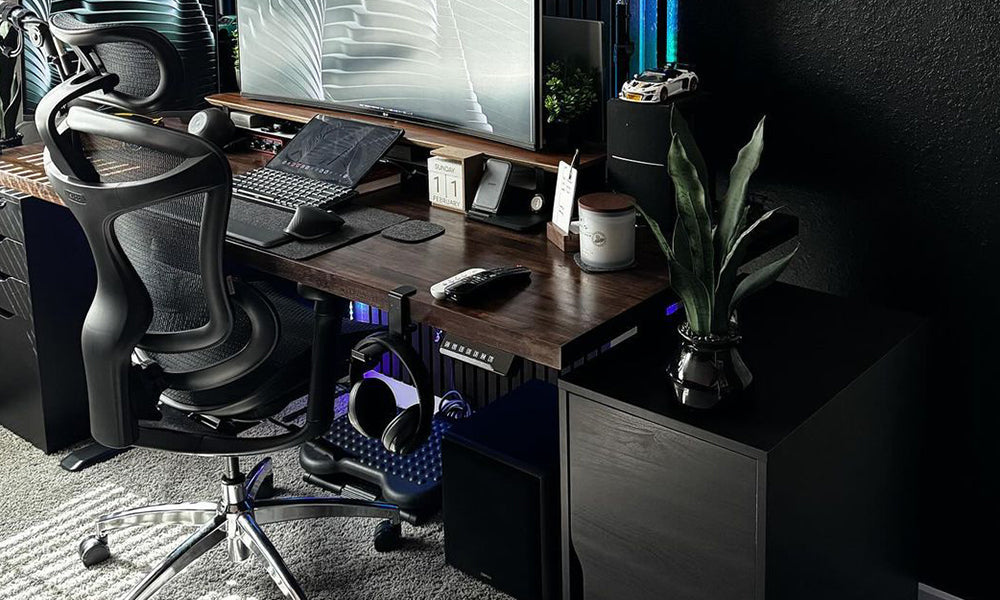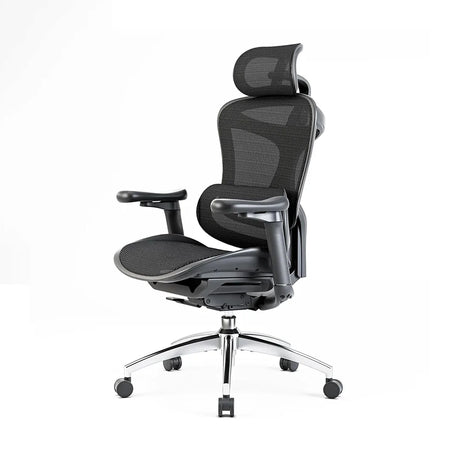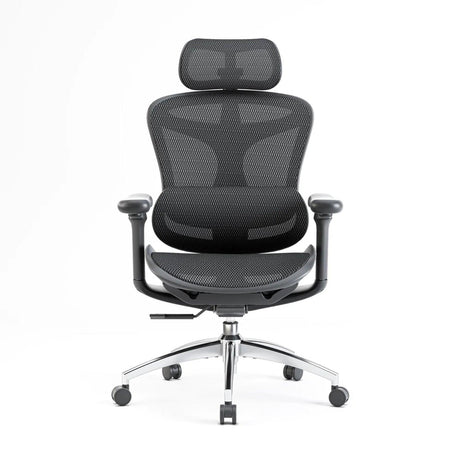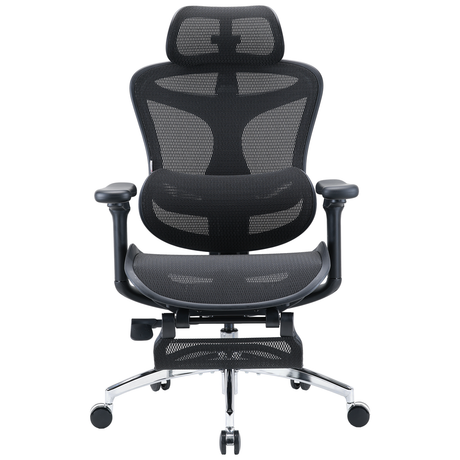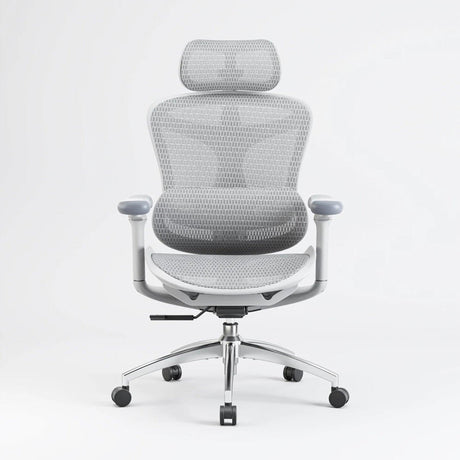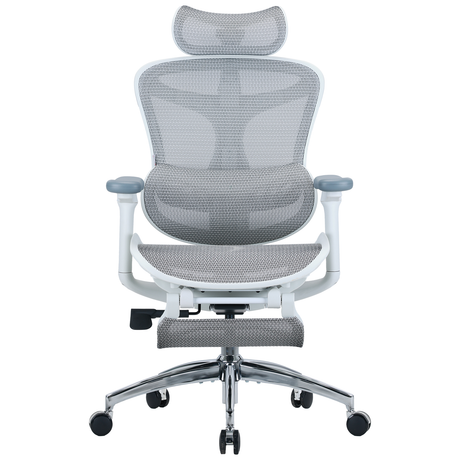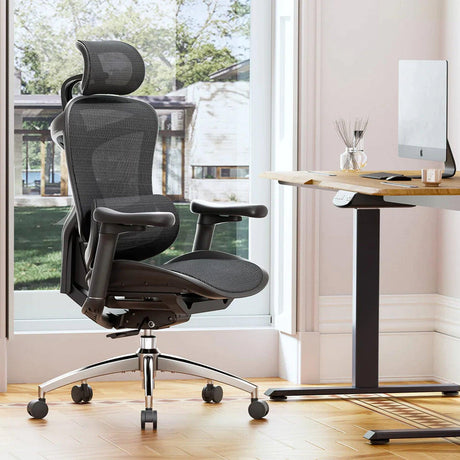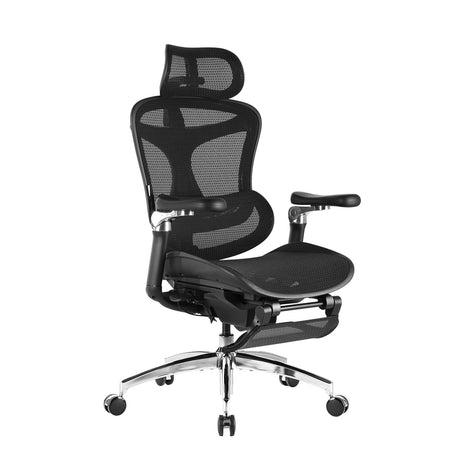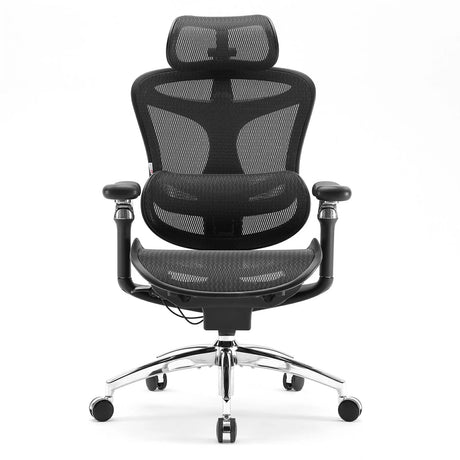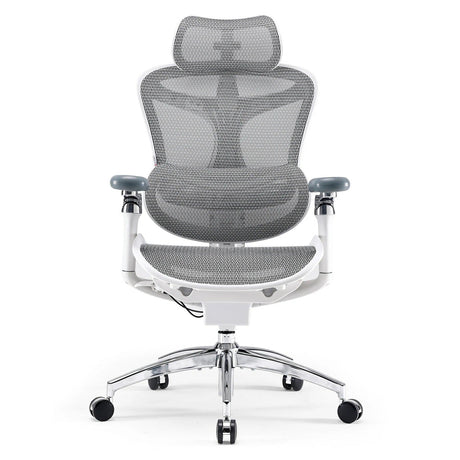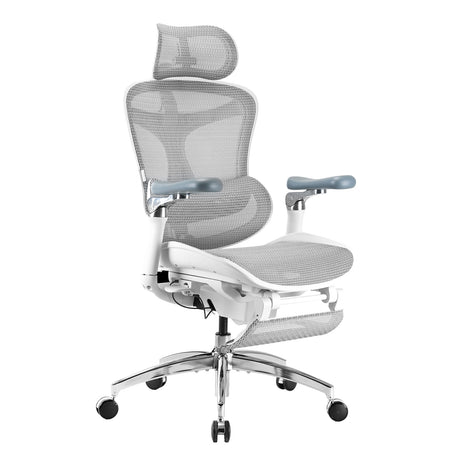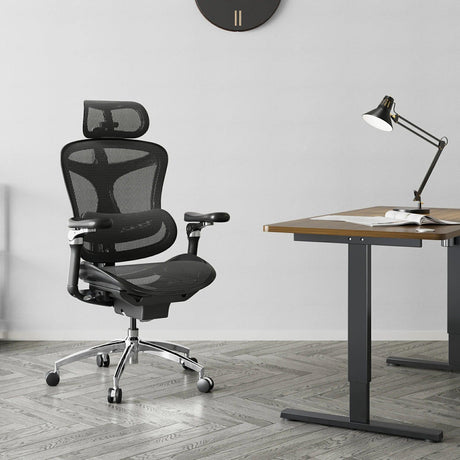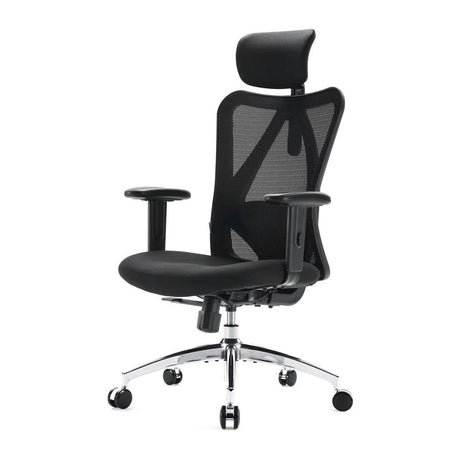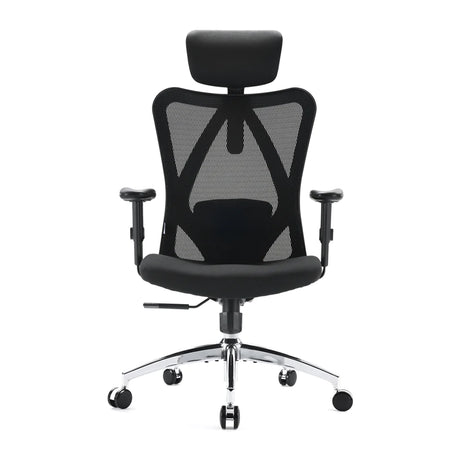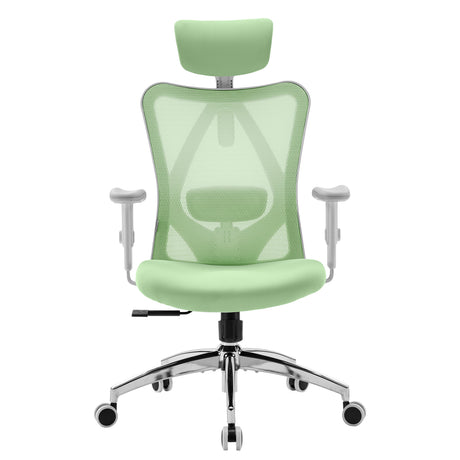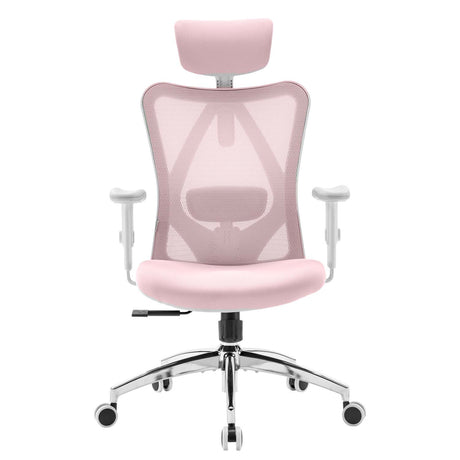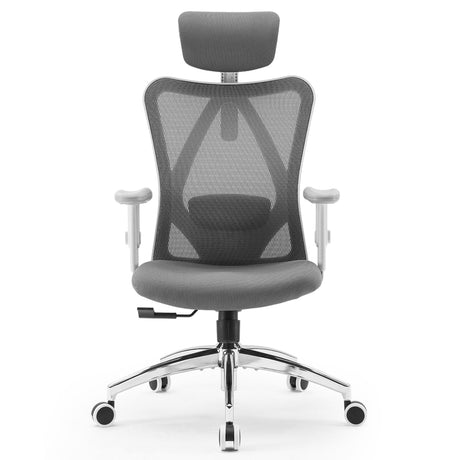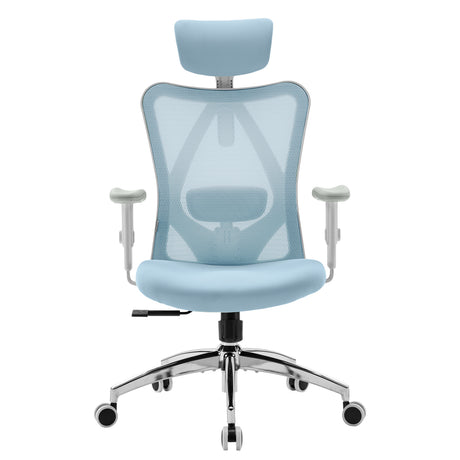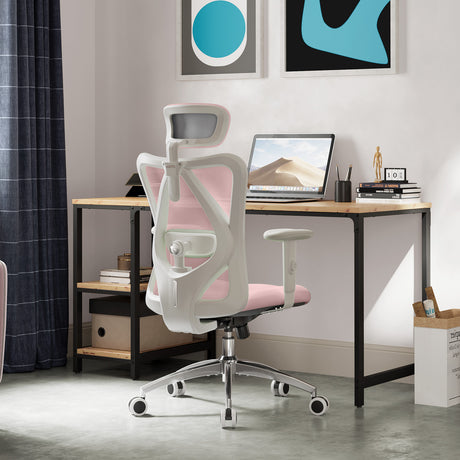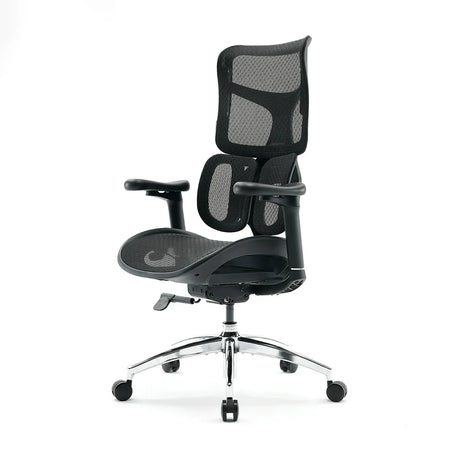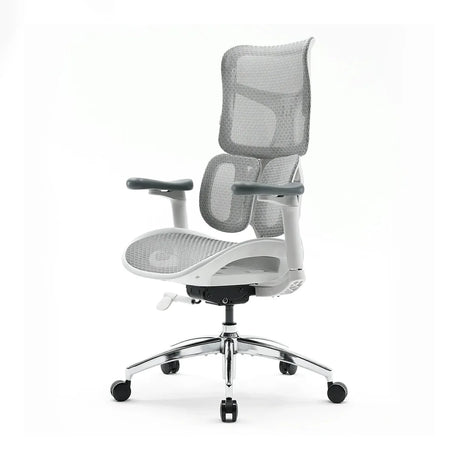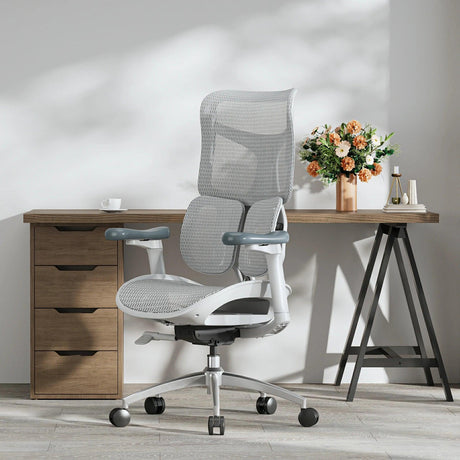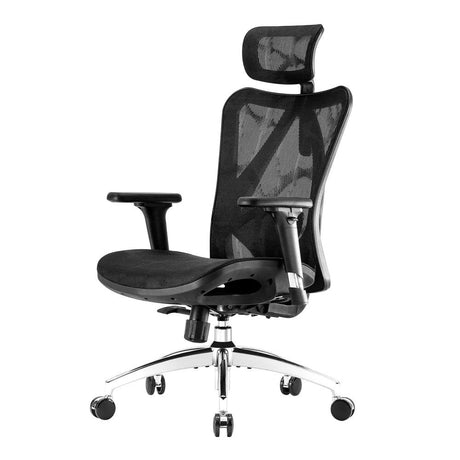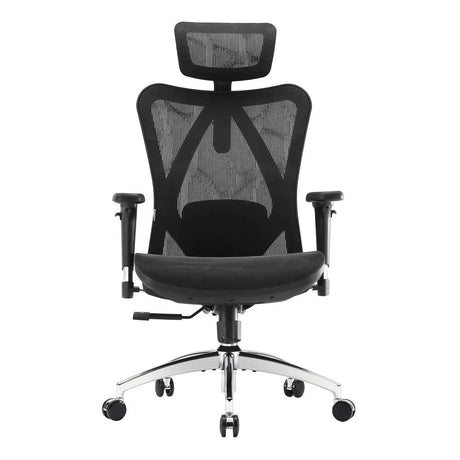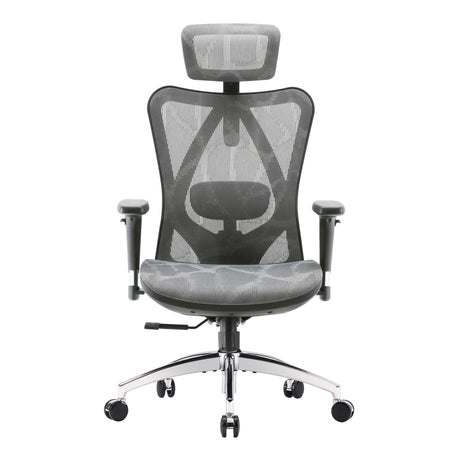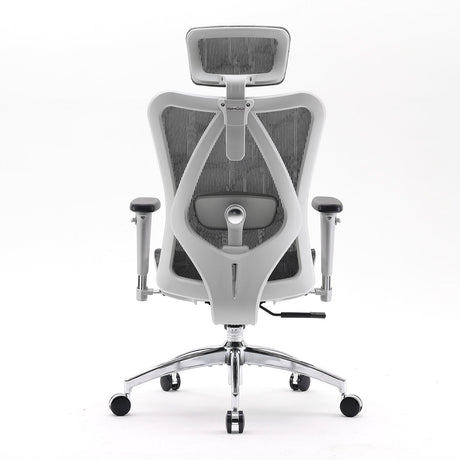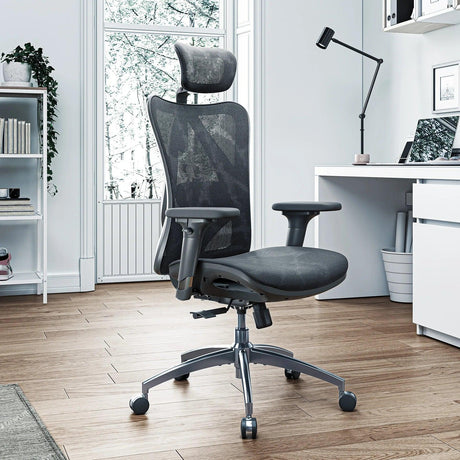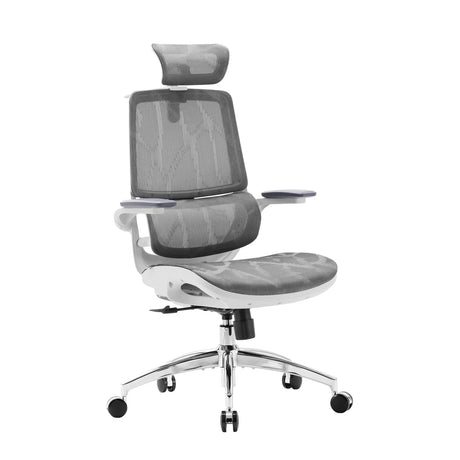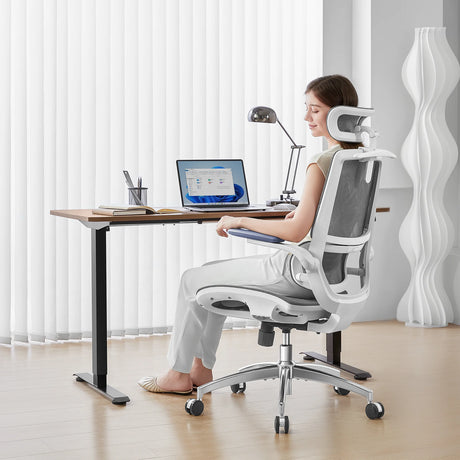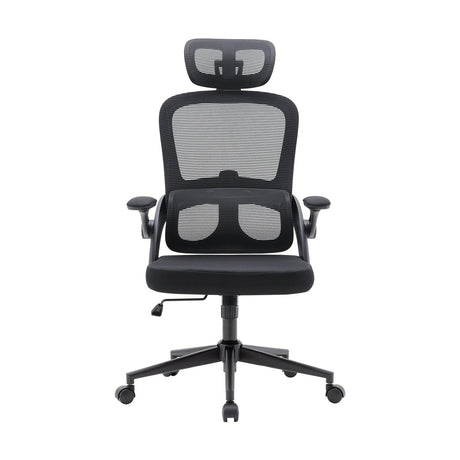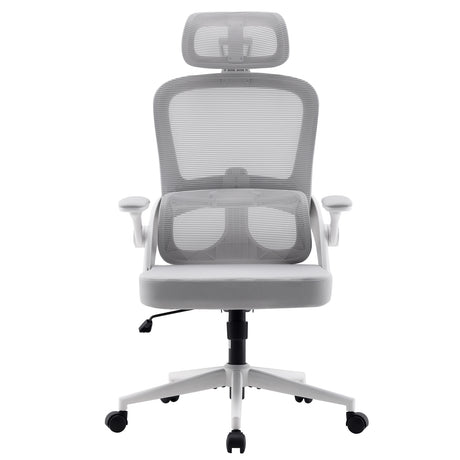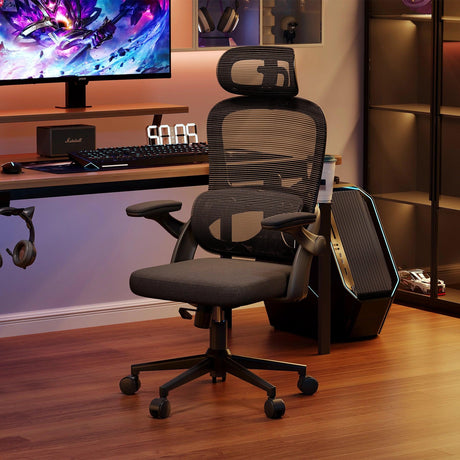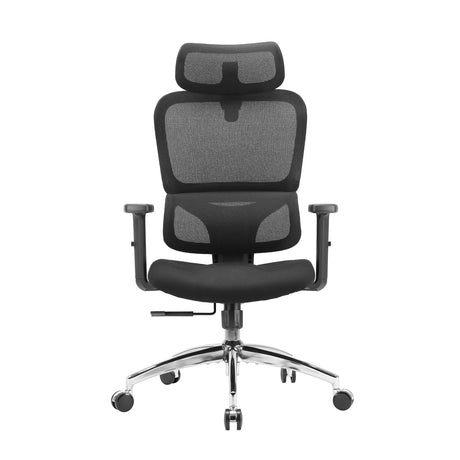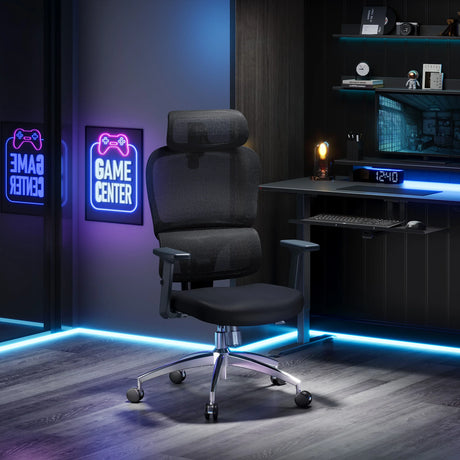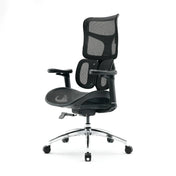When it comes to creating an ergonomic workspace, most advice focuses on general guidelines that apply to the average user. However, for those who fall outside of the “average” category—specifically tall and heavy body types—achieving optimal comfort and support can be a bit more challenging. Standard office chairs and desks are often not designed with these body types in mind, leaving individuals with discomfort, pain, and a lack of proper support during long hours of sitting.
The good news is that with the right adjustments and considerations, you can build a customized ergonomic setup that caters specifically to your needs. In this post, we’ll dive into the key factors to consider when designing an ergonomic workspace for tall and heavy body types and how you can adjust your equipment to achieve a comfortable and supportive environment.
Choosing the Right Chair for Tall and Heavy Body Types
The foundation of any ergonomic setup starts with the chair, and this is especially crucial for those who are taller or heavier. A chair that provides ample support and accommodates your specific body type is essential for long-term comfort and health. When selecting a office chair for tall heavy people, look for the following features:
Seat Height Adjustment:
For taller individuals, a chair with a higher seat height adjustment range is critical. Standard chairs may not be able to elevate high enough for proper posture, causing your legs to be too bent or your feet to not touch the floor. Look for chairs that offer a seat height range of at least 18-22 inches or more.
Seat Depth:
A deeper seat ensures that tall individuals have enough room to sit back fully, preventing the seat from cutting off circulation behind the knees. Seat depth adjustment is essential for ensuring proper leg support without sacrificing comfort. Ideally, the seat depth should allow you to sit back with a couple of inches between the back of your knees and the edge of the seat.
Weight Capacity:
For heavier body types, it’s important to choose a chair designed to support a higher weight capacity. Many ergonomic chairs, like the Sihoo Doro series, are built with durable materials that can support users up to 300 lbs. A chair’s weight capacity affects the overall stability and durability of the design, so make sure to choose one that’s rated for your specific body weight.
Lumbar Support:
For both tall and heavy individuals, having adequate lumbar support is crucial to prevent back pain and promote proper posture. Look for a chair with adjustable lumbar support that can be positioned higher or lower to align with the natural curve of your spine. Dynamic lumbar support, such as that found in chairs like the Sihoo Doro C300, can provide additional comfort by adapting to your movements throughout the day.
Armrest Adjustability:
Armrests that are adjustable in height, width, and angle will allow you to find a position that reduces shoulder and neck strain. For tall users, having armrests that can be raised high enough will help maintain a neutral posture and prevent slouching.
Desk Height and Desk Surface
The height of your desk plays a significant role in your ergonomic setup. For tall users, a desk that is too low can force your neck and shoulders to bend downward, causing discomfort and strain. On the other hand, a desk that’s too high can cause you to elevate your shoulders, leading to muscle tension.
Desk Height Adjustment:
Look for desks with adjustable height features, such as sit-stand desks, which can be customized to accommodate your height and promote better posture. The Sihoo D03 standing desk, for example, has a height range that can be easily adjusted to suit users from 5'4" to 6'6" or taller, ensuring that the desk surface is at the optimal level for comfort.
Keyboard and Mouse Placement:
The placement of your keyboard and mouse is another crucial aspect of an ergonomic workspace. For both tall and heavy body types, ensure that the keyboard is positioned at elbow height so your forearms remain parallel to the ground while typing. Your mouse should be placed at a similar height and within easy reach, reducing the need for excessive reaching or twisting.
Seat and Desk Adjustments for Heavy Users
Heavier individuals may find that standard office chairs and desks do not provide the necessary support, particularly when it comes to long hours of sitting. In addition to the aforementioned features, here are a few tips for optimizing your chair and desk setup for greater comfort and support:
Use a Wider Seat Cushion:
For individuals with a larger body frame, opting for a wider seat cushion can help distribute weight more evenly and prevent pressure points. Look for chairs that offer seat cushions made from high-density foam or memory foam for additional comfort.
Add a Seat Pad:
In some cases, you may find that adding a seat pad or cushion to your office chair can provide extra support and comfort. Look for cushions designed specifically for larger body types, such as those with memory foam or gel padding that can contour to your body shape.
Adjust Your Posture Frequently:
No matter how comfortable your chair and desk may be, it’s essential to adjust your posture frequently to avoid staying in one position for too long. Stand up, stretch, and move around every 30-60 minutes to prevent stiffness and discomfort.
Footrests and Additional Support
For tall and heavy individuals, using a footrest can help improve posture by ensuring that your feet are flat on the ground, your knees are at a 90-degree angle, and your thighs are parallel to the floor. This can alleviate pressure on the lower back and promote better circulation in the legs.
A sturdy, adjustable footrest can also provide additional support for those who are not able to reach the floor comfortably, especially when using a high chair.
Personalized Adjustments for Maximum Comfort
Each individual’s body type is unique, so it’s important to experiment with different setups to find the perfect ergonomic configuration for you. Consider the following tips:
- Backrest Tilt and Recline: Adjust the backrest tilt and recline to find a comfortable angle that supports your spine while keeping your hips and knees aligned. Some chairs offer a dynamic recline mechanism that allows the backrest to move with your body, providing better lumbar support.
- Monitor Placement: Your computer monitor should be placed at eye level to avoid straining your neck and shoulders. The top of the screen should be at or slightly below eye level, with the screen positioned about 20-30 inches from your eyes.
- Keyboard and Mouse Placement: Keep your keyboard and mouse close to the edge of the desk to ensure you don’t have to stretch or reach uncomfortably.
Final Thoughts
When customizing your ergonomic setup for tall and heavy body types, it’s all about choosing the right equipment and making necessary adjustments to suit your needs. By selecting a office chair with proper seat depth, lumbar support, and weight capacity, along with ensuring your desk is at the correct height, you can create an ergonomic workspace that reduces discomfort and promotes long-term health. With a few personalized adjustments, you’ll be able to maximize your productivity and comfort throughout the day, no matter your body type.
